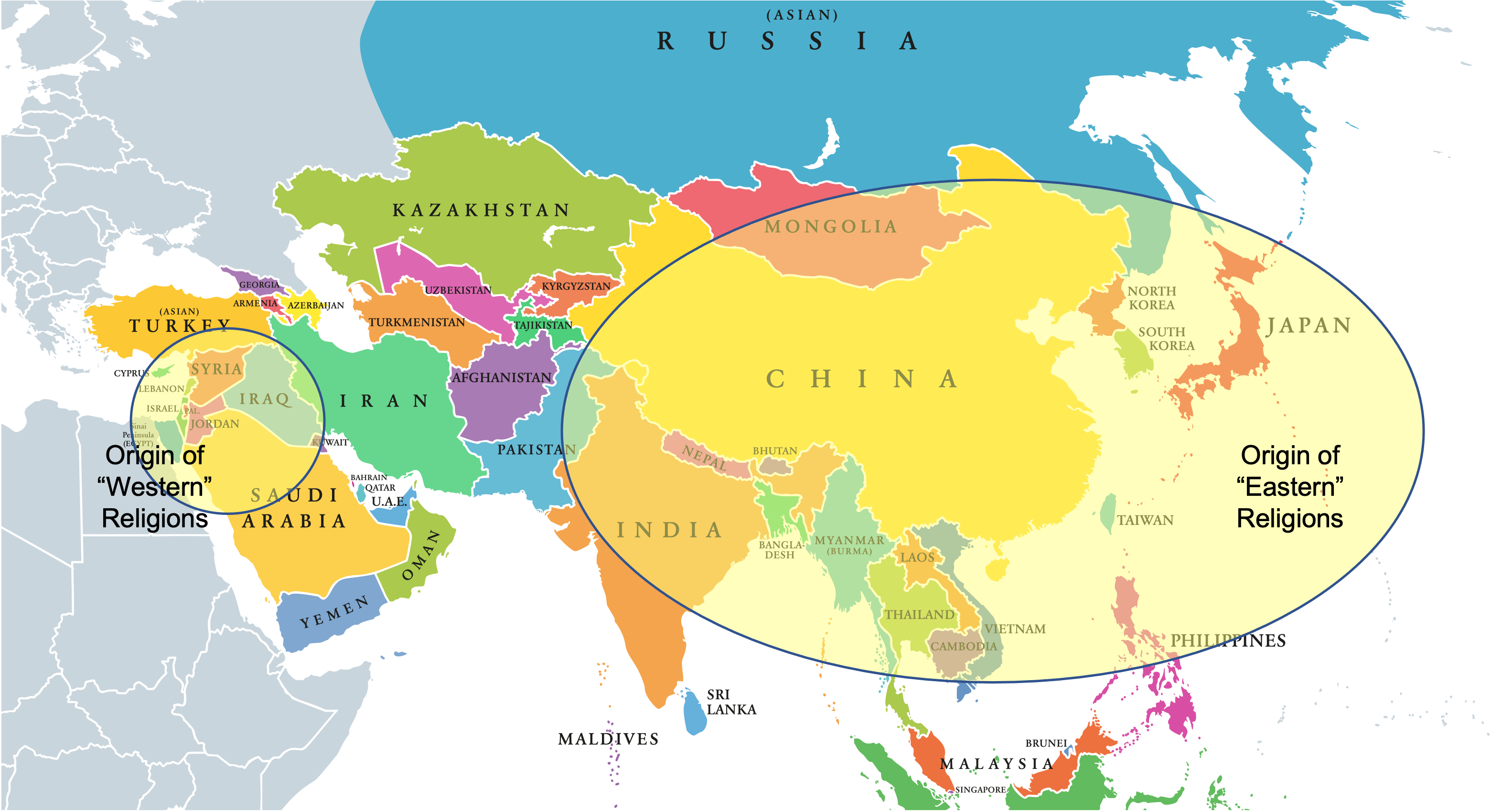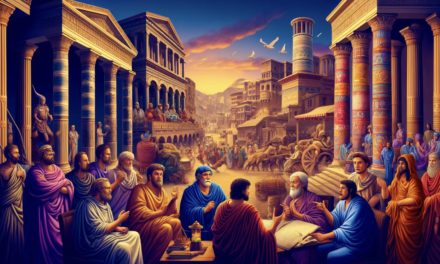If I were to list the moments in my life when seemingly routine decisions would have the most consequential outcomes, launching an international project management benchmarking network in 1994 would rank very near the top.
Not least because it ultimately brought me into contact with businesses in the USA, Japan, China, India and Africa, as well as those nearer to home in Europe and the U.K. It wasn’t superficial contact. To understand how an organisation structures and conducts its operations, you need to know how its leaders think and its culture functions. And all of this made me very aware of cultural differences between organisations and national cultures and the ways of thinking embedded in them.
These differences confronted me even more sharply between 2009 and 2015 when I led the British delegation to an International Standards Organisation (ISO) Committee responsible for standardisation in the field of project, programme and portfolio management (TC258). But by then, I felt better able to understand what was happening because I had read Richard E Nisbett’s book, “The Geography of Thought,” first published in 2003.
“The Geography of Thought”
In it, Nisbett argues that there are fundamental differences in how people from different cultures think and reason. He posits that these differences can be traced back to the distinct geographical and historical environments in which different cultures have developed. Nisbett argues that people from Eastern cultures, such as China and Japan, tend to have a more holistic worldview and are more likely to attend to context and the relationships between objects and events. In contrast, people from Western cultures, such as the United States and Europe, have a more analytic worldview and are more likely to focus on individual objects and events. He suggests that these differences in thought are reflected in several areas, including perception, categorisation, problem-solving, and decision-making.
It also emphasises that East Asian culture tends to be more “interdependent” and collectivist. In contrast, Western culture tends to be more “individualistic” and Independent. And this way of thinking has substantial effects on how they perceive and make decisions in a social and economic context.
These conclusions tallied with my own experiences and provided both a structure and empirical evidence to support the hypothesis. I recommended the book to any of my colleagues who had expressed an interest in the topic and gave a copy to my colleague who headed the U.S. delegation to ISO/TC258.
Interestingly, a scholar working in brain science published a book with very similar conclusions but starting from a very different form of inquiry.
“The Master and His Emissary”

Iain McGilchrist is a highly respected psychiatrist, philosopher, and former Oxford literary scholar. In his 2009 book, “The Master and His Emissary”, he explores the idea that the human brain has two distinct hemispheres, and each has its own way of processing information and understanding the world.
According to McGilchrist, the left hemisphere is responsible for analysing and breaking down information into its components. In contrast, the right hemisphere is responsible for synthesising and putting information together holistically. He argues that the left hemisphere is dominant in Western culture and has led to a reductionist and fragmented view of the world, while the right hemisphere is dominant in Eastern cultures and has led to a holistic and interconnected view of the world.
McGilchrist also claims that the left hemisphere tends to be more self-referential and inward-looking and can lead to a tendency to view the world in terms of abstract concepts and symbols. On the other hand, the right hemisphere is more oriented towards the external world and is better equipped to understand context, nuances and the meaning of things. He suggests that this has led to the culture of western societies valuing more the rational, analytical and objective approach at the expense of empathy, meaning and understanding of context.
If you are interested in exploring McGilchrist’s work more deeply, his most recent publication is the magisterial three-volume work “The Matter With Things.”
Differences between Eastern and Western religions seem to echo the distinctions suggested by both Nisbett and McGilchrist.
“Eastern” and “Western” Religions
It is misleading to talk about “Western” religions because the faiths referred to as “Western” (Judaism, Christianity and Islam) all have their roots in an area in Western Asia that is known to archaeologists as “the fertile crescent”. A better description is the “Abrahamic” religions since all three acknowledge their origin through a line of patriarchs stemming from Abraham, as described in the Book of Genesis in the Jewish Bible and the Christian Old Testament.

All three of these religions are monotheistic (worshipping a single God). This God created the world and is omniscient (all-knowing), omnipotent (all-powerful) and omnibenevolent (wishes good for all his creation). As such, all three religions embrace a worldview emphasising God and his nature. The world planned by God is orderly, and its future is assured because of his characteristics. For those who trust in this God, all things are possible, and reality is inherently good.
The so-called “Eastern” religions, with their origins in East Asia, are very different. There are differences between, say, Buddhism, Taoism and Hinduism, but they share an emphasis on mystical experiences. Knowledge is obtained experientially and intuitively, and the limitations of language are acknowledged. There is an emphasis on the unity and interconnectedness of all things. The universe (reality) is seen as dynamic rather than static and constantly in flow. Rather than seeking to know “God”, religious practice tends to emphasise liberation from the isolated individual “self” to identify with ultimate reality.
These are, of course, generalisations, and they should be treated as such. Professor Javier Galindo, who has a very helpful YouTube Channel (@ProfG) provides a useful summary of the differences in practice and concepts as follows:-







